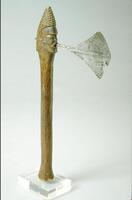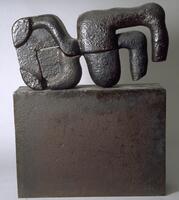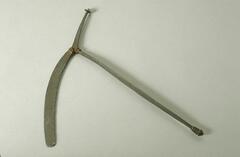24 UMMA Objects
24 UMMA Objects

Japanese (Japanese (culture or style))
Tsuba (sword guard) with iris design
1775 – 1785
Gift of Mr. and Mrs. Robert T. Weston
1978/2.8
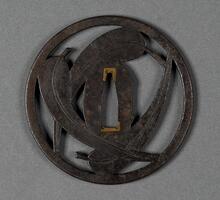
Sadanobu
Tsuba (Sword guard)
17th century
Museum purchase made possible by the Margaret Watson Parker Art Collection Fund
1966/1.103

Albert Kahn (American (North American))
Old Iron Work in Nuremberg Museum
07/08/1891
Transferred from the College of Architecture and Design, 1972—Gift of the Family of Albert Kahn: through Dr. Edgar A. Kahn; Mrs. Barnett Malbin; Mrs. Martin L. Butzel
1972/2.489

Albert Kahn (American (North American))
And Iron in Brussels Museum
08/1891
Transferred from the College of Architecture and Design, 1972—Gift of the Family of Albert Kahn: through Dr. Edgar A. Kahn; Mrs. Barnett Malbin; Mrs. Martin L. Butzel
1972/2.517
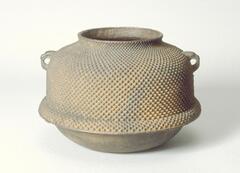
Japanese (Japanese (culture or style))
Kettle—Used in Tea Ceremony
Bequest of Margaret Watson Parker
1955/1.175
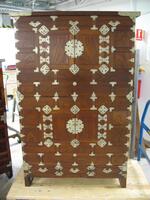
Korean (Korean (culture or style))
Chest (in three pieces)
1850 – 1950
Museum Purchase made possible by the Margaret Watson Parker Art Collection Fund
2009/2.25A-C
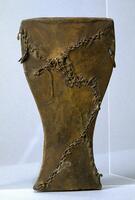
Congo (Democratic Republic of the Congo) (Congolese (Democratic Republic of Congo culture))
Scabbard (of set of knife and scabbard)
1895 – 1905
Gift in Memory of Rudolph B. Rottam
1984/2.54B
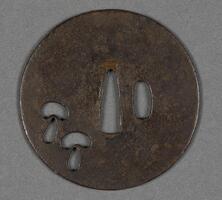
Japanese (Japanese (culture or style))
Tsuba (sword guard) with mushroom design
16th century
Museum purchase made possible by the Margaret Watson Parker Art Collection Fund
1966/1.100
Loading…

